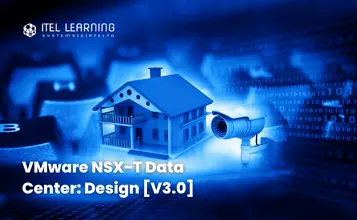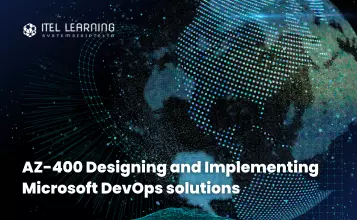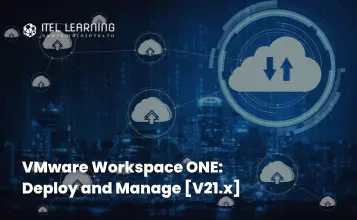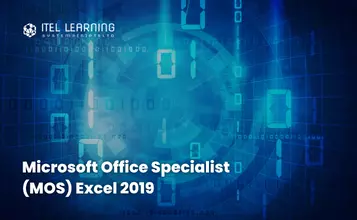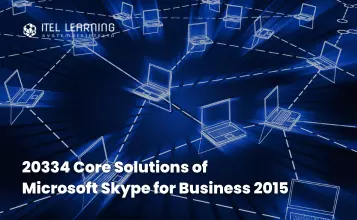Overview
This five-day course provides comprehensive training on considerations and practices to design a VMware NSX-T™ Data Center environment as part of a software-defined data center strategy. This course prepares the student with the skills to lead the design of NSX-T Data Center offered in the NSX-T Data Center 3.0 release, including design principles, processes, and frameworks. The student gains a deeper understanding of NSX-T Data Center architecture and how it can be leveraged to create solutions to address the customer’s business needs.
Product Alignment
- NSX-T Data Center 3.0
Prerequisites
Before taking this course, you should have completed the following course:
- VMware NSX-T Data Center: Install, Configure, Manage [V3.0]
You should also have the understanding or knowledge of these technologies:
- Good understanding of TCP/IP services and protocols
- Knowledge and working experience of computer networking, including:
- Switching and routing technologies (L2-L3)
- Network and application delivery services (L4-L7)
- Knowledge and working experience with VMware vSphere environments and KVM-based environments
The VMware Certified Professional – Network Virtualization (2020) certification is recommended.
Who Should Attend?
- Network and security architects and consultants who design the enterprise and data center networks and NSX environments
Course Outline
- Introductions and course logistics
- Course objectives
- Describe the principles of design
- Describe the design process and frameworks
- Explain VMware Validated Design and its importance
- Explain the NSX-T Data Center and Virtual Cloud Network
- Describe the NSX-T Data Center architecture and use cases
- List the NSX-T Management cluster design considerations
- Explain physical infrastructure design considerations
- Explain virtual infrastructure design considerations
- List the collapsed management and VMware NSX® Edge™ resources design considerations
- Explain dedicated management and NSX Edge resources design
- Explain the VMware NSX-T™ logical switching design concepts
- Describe the traffic flooding concepts
- List NSX Edge VM design considerations
- Explain NSX Edge BareMetal design considerations
- Describe NSX Edge cluster design
- Explain Bridge design considerations
- Explain logical router components
- Describe multitier routing
- Explain IPv6 addressing and routing design concepts
- Multi-compute workload domain design considerations
- Explain High Availability and Router Placement
- L3 Multicast design considerations
- Describe VRF Lite and EVPN
- Explain the functionality and considerations of using NAT, Proxy ARP, DHCP, and metadata proxy
- Describe the load balancer design considerations
- Explain the VPN design considerations
- Explain the Distributed Firewall design concepts
- Explain the Identity Firewall design concepts
- Explain the Gateway Firewall design concepts
- Describe the security policy methodology
- Explain the Federation functionality
- Explain the design concepts for Federation components
- Describe the design involved for Federation networking
- Review Federation design considerations
- Understand the integration between NSX-T Data Center and vSphere with VMware Tanzu™
- Describe how NSX-T Data Center provides networking, load balancing, and security in vSphere for VMware Tanzu
- Describe VMware Tanzu™ Kubernetes Grid™ Service
- Understand Tanzu Kubernetes Grid™ cluster networking and load balancing capabilities
